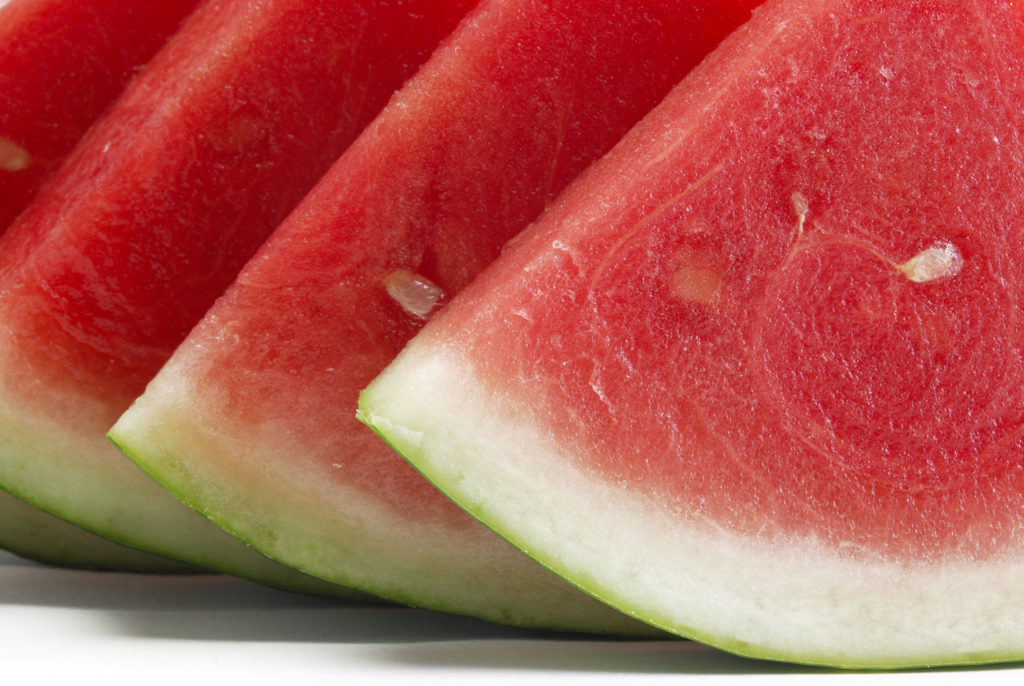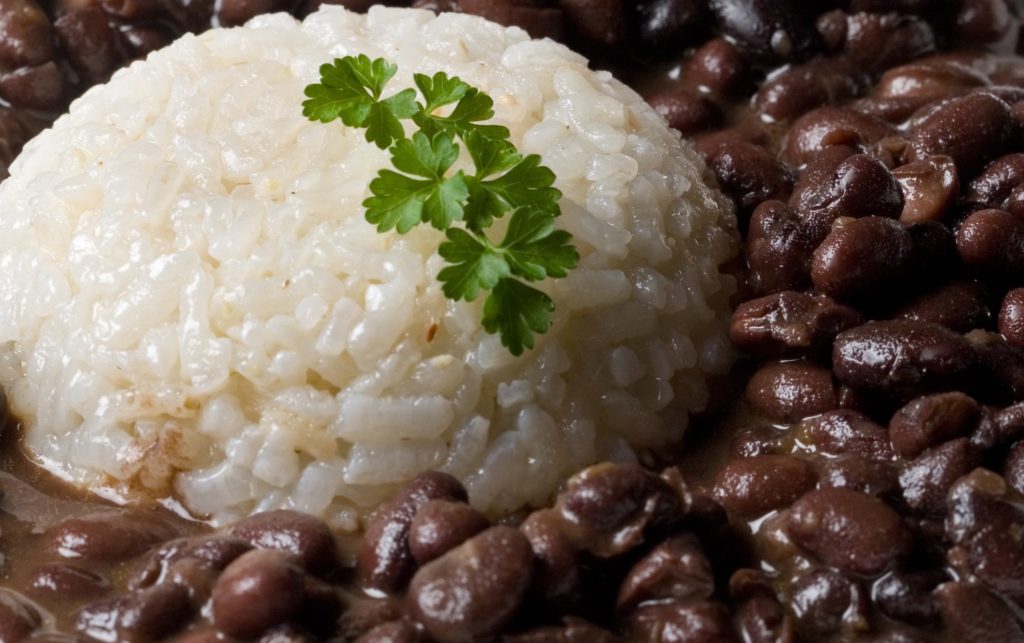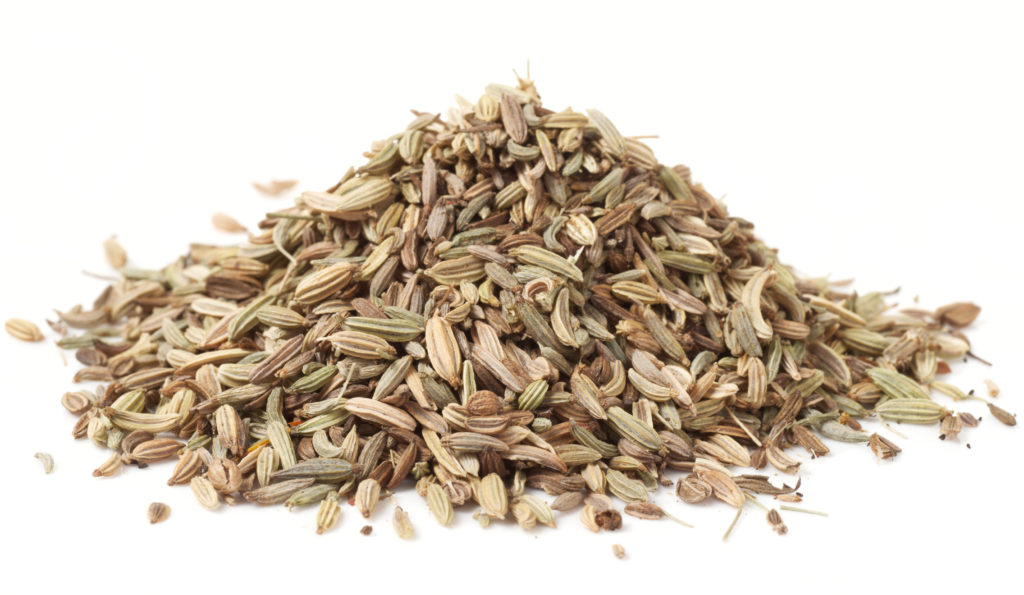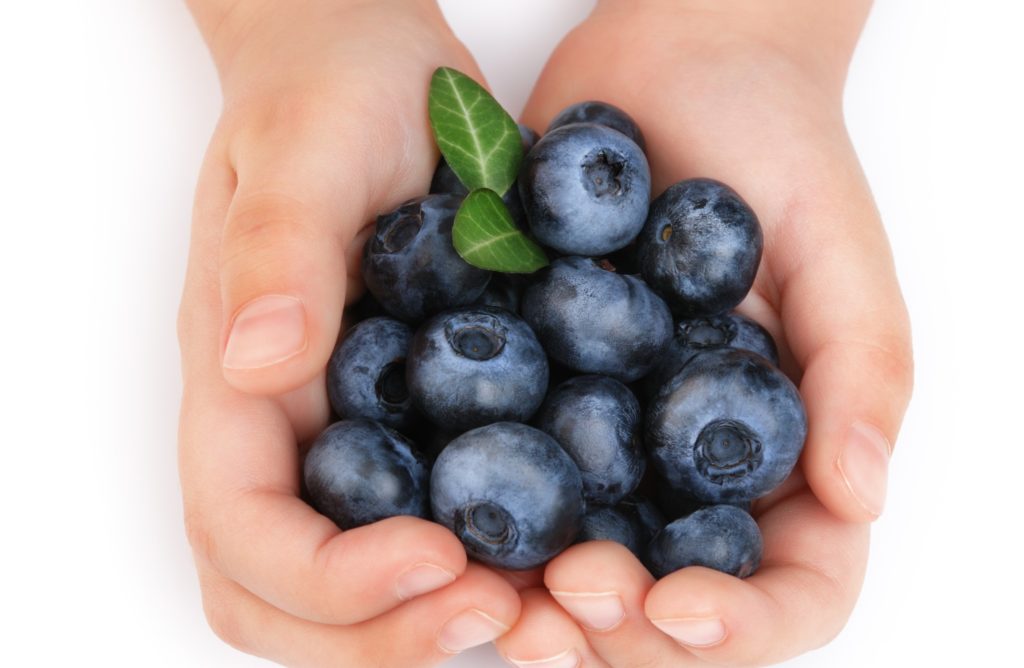
If you experience any of the following symptoms, your pitta doṣa could be out of balance:
- Acne, rashes, cold sores
- Loose stools
- Nausea or acid reflux, heartburn, or ulcers
- Body always hot
- Inflammation in the joints or body
- Over training/need to compete
- Anger, envy, jealousy
- Judgmental, intolerant
- Perfectionist qualities
- Migraines
There are various ways to pacify doṣas. Diet, lifestyle, yoga, and herbs are a few examples. Let’s look at diet first, since you are what you eat. Remember the fire element presents itself in the body in the form of acid and oil. The principles of a Pitta pacifying diet are as follows. (Text Book of Ayurveda Fundamental Principles, Lad, 2003). These are general guidelines and it is always better to have a diet plan created especially for you. If this is something you’re interested in, please feel free to contact me for a complete Ayurvedic consultation.
The main gunas (see previous blog) for pitta are oily (snigdha), hot (uṣṇa), light (laghu), liquid (drava), sharp (tikṣṇa), spreading (saram), and fleshy smelling (visram). To balance these gunas or tendencies you would want to experience their opposites. Therefore, eat foods that are cool, and have tastes that are sweet, bitter and astringent. Avoid foods that are sour, salty, and spicy. Acidic foods like tomatoes, coffee and alcohol should be avoided. Fried foods and processed foods also cause acid. Because the pitta constitution is of medium endurance, make sure you eat the harder to digest foods at the lunch meal, when the universe is in “pitta” time and as a rule, the digestive juices are stronger.
Let’s look at foods in each food group and see which foods are good choices for pitta dosas.

Fruit: Sweet fruit, sweet apples, sweet cherries, sweet berries, dates, figs, limes, melons, sweet oranges, pears, sweet pineapple, sweet plums, prunes, raisins, and olives. Purple grapes can be eaten in moderation. Avoid sour fruit, sour apples, bananas, sour berries, sour cherries, grapefruit, green grapes, lemons, sour oranges, peaches, sour pineapple, and sour plums.
Vegetables: In general, most sweet and bitter vegetables. Asparagus, artichokes, cooked beets, broccoli, cabbage, cooked carrots, cauliflower, celery, cucumber, green beans, leafy greens, cooked onions, peas, green peppers, white potatoes, most sprouts, squashes, turnips and zucchini. Avoid in general, most pungent vegetables, raw beets, garlic, mustard greens, raw onions, hot peppers, raw spinach and tomatoes. Occasionally it is okay to eat fresh corn and cooked spinach.
Grains: Amaranth, barley, bran, granola, quinoa, cooked oats, basmati rice, wild rice, white rice, rice cakes and wheat. Avoid yeast bread, buckwheat, corn, millet, dry oats, and rye. Occasionally you can have brown rice.

Legumes: Black beans, chick peas, kidney beans, all lentils, mung beans, navy beans, pinto beans, soybeans, soy milk, soy cheese, tofu and in moderation tempeh. Avoid miso and soy sauce.
Dairy: Unsalted butter; soft, not aged, or unsalted cheese, cow’s milk, ghee, goats milk, freshly made and diluted yogurt, and occasionally ice cream. Avoid salted butter, buttermilk, hard cheese, sour cream; and plain, with fruit, or frozen yogurt.
Animal Foods: Most pittas do not need meat. They can easily get enough protein by eating other foods. If you choose to eat meat, limit consumption to white chicken, egg whites, freshwater fish, rabbit, white turkey, venison and occasionally shrimp. Avoid beef, dark chicken, eggs yolks, sea fish, lamb, mutton, pork, dark turkey.
Condiments: Chutney, sweet mango and in moderation black pepper, lime, rock salt, and seaweed.
*Note*Avoid chili peppers, chocolate, mustard, mayonnaise, pickles, sea salt, and vinegar.
Nuts: Soaked and pealed almonds. Avoid all other nuts.
Seeds: Eat flax, psyllium, and sunflower seeds. Eat pumpkin seeds in moderation. Avoid sesame seeds and tahini.
Oils: (For internal and external use) ghee, sunflower, canola, and olive oil. External: use coconut oil. Avoid almond, apricot, corn, safflower and sesame oil.
Beverages: You may use almond milk, apple juice, carob, grain coffee, grape juice, pomegranate juice, prune juice, rice milk, soy milk, and in moderation orange juice. Herb teas you may enjoy are chamomile, dandelion, fennel, licorice, mint and red clover. Occasionally you may enjoy cinnamon and rose hip tea. Avoid alcohol, caffeinated beverages, chocolate milk, cranberry juice, grapefruit juice, icy cold drinks, iced tea, lemonade, pineapple juice, and tomato juice.
In herb teas, avoid ginseng and Yerba Mate.

Spices: Cinnamon, coriander, cumin, fennel, fresh ginger, marjoram, saffron, turmeric, and occasionally black pepper and vanilla. Avoid asafoetida, bay leaf, cayenne, cloves, garlic, dried ginger, mustard seed, nutmeg and oregano.
Sweeteners: Eat barley malt, maple syrup, rice syrup and natural sugar and honey (in moderation). Avoid molasses. Occasionally you may use white sugar.
The largest meal of the day should be lunch, with breakfast second and just a small meal for dinner. Also remember that you need all 6 tastes to be truly satisfied. However the amount of each of these tastes needs to be adjusted according to the constitution. For the pitta constitution, sweet and bitter tastes cool the fiery pitta mind. Astringent tastes draws in (or constricts) the over-confidence of pittas. Sour taste easily irritates pitta types, causing them to become angry, manipulative, or overly critical. Salty taste excites the pitta mind, leading to stubbornness and anger. Pungent taste causes all dosa to become more extroverted and expressive, but for pittas, it quickly excites, angers and causes resentment.

Ayurveda uses the measurement of the “añjali” to determine the size of a meal. Dr. Lad describes an añjali as a measurement formed when two hands meet together to make an empty bowl. If this doesn’t look like much, it isn’t. The pitta constitution tends to have a more muscular body. Thus the need for food to maintain the structure is of upmost importance. When a pitta gets hungry, look out! They need to eat. However, if a pitta isn’t careful, because of their huge and fiery appetite, they could easily overeat, thus slowing down the metabolism causing weight gain. Using the “anjali”, it is a good reminder of the amount of food really needed. Everybody’s hand sizes are different depending on the general size of their body. Therefore, their “añjali” or meal size is in accordance to their particular body size.
